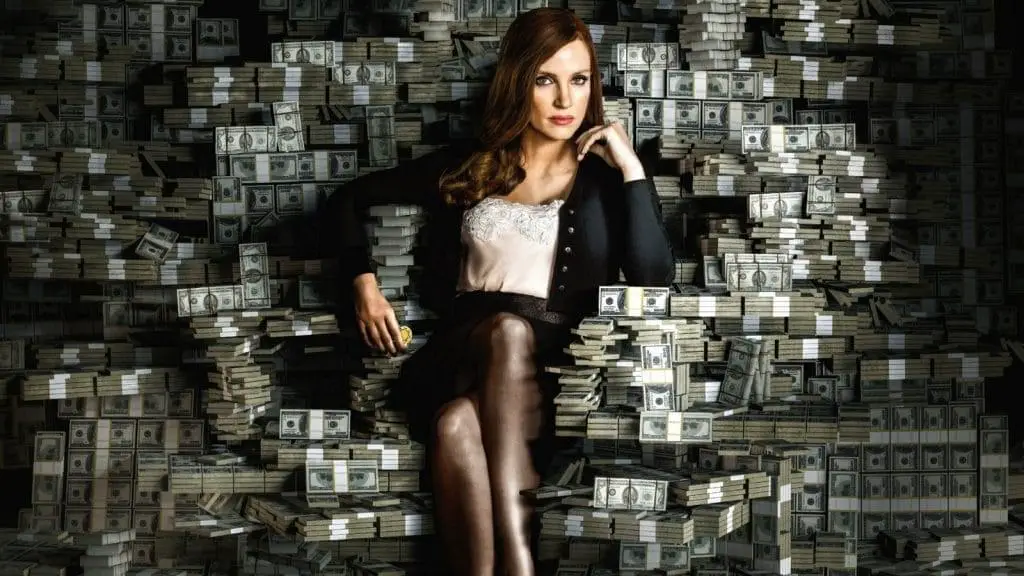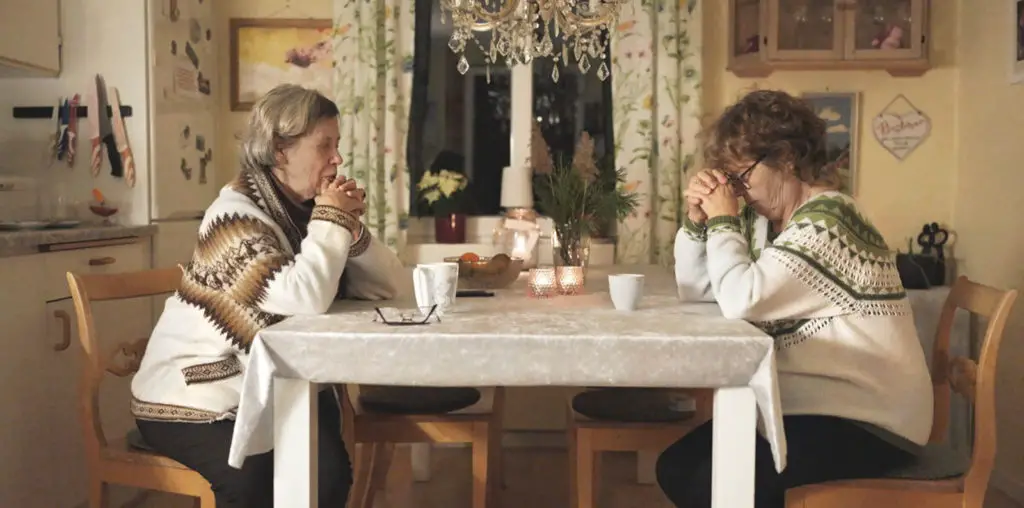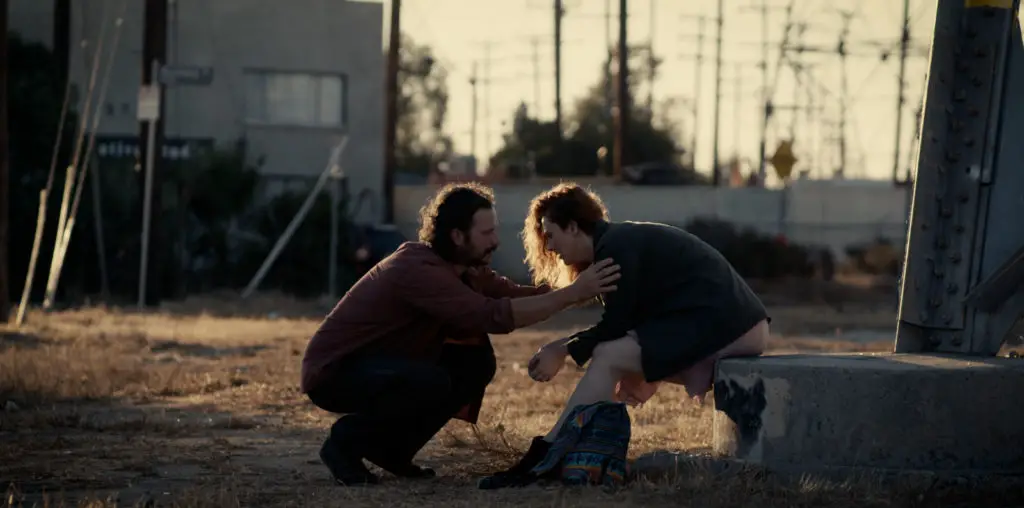
William Shakespeare scribed “Much Ado about Nothing,” his play about comedy, courtship and confusion, over 400 years ago. Joss Whedon, the contemporary guru of all things science fiction and fantasy, recently adapted the classic. Upon first glance, the thought of hip, irreverent Whedon tweaking Shakespeare’s sacred works might seem blasphemous. After all, how much does The Bard really have in common with “Buffy the Vampire Slayer”?
Obviously, Whedon doesn’t share Shakespeare’s matchless pedigree. But as the most recognizable voice of his generation, Whedon is blessed with a similar gift for crafting dialogue. Throughout a prolific television empire that includes not only “Buffy,” but also “Angel,” Firefly,” and “Dollhouse,” there’s an instantly recognizable cadence and rhythm to his wordplay. Described by one critic as “a tangy pitter-patter,” this trademark verbiage also carries over to Whedon’s films (“The Avengers,” “The Cabin in the Woods”), comic books (“Fray”), and other sci-fi and fantasy projects too numerous to count. Alongside Quentin Tarantino, Whedon has turned the alphabet into a bigger star than Brad Pitt.
And just as “Star Trek” creator Gene Roddenberry populated the USS Enterprise with characters whose distinctive quirks would achieve pop-cultural immortality, Whedon’s actors are branded by the iconic roles they’ve mastered within his universe. To his fans, David Boreanaz will forever be haunted by his Angel alter-ego, while James Marsters won’t escape Spike’s bite. But steal away Whedon’s words, and you’ve defanged Buffy’s vampires.
Whedon’s prolific body of televised work had already guaranteed him a lavish retirement. Then came a lucrative gig helming 2012’s “The Avengers,” which ultimately became the third highest-grossing movie of all time (1.5 billion and counting).
Perhaps to curb the resulting stress that comes with such a herculean production, Whedon settled into a more relaxed vibe with “Much Ado about Nothing.” Painted on a much smaller canvas than his lavish superhero landscapes, “Much Ado” captures the intimate feel of a stylish home movie. Which, in a sense, it is, having been filmed in 12 days at Whedon’s Santa Monica estate between the filming and post-production of “The Avengers.” Meanwhile, most cast-members are longtime Whedon collaborators.
Despite “Much Ado” being transplanted from its original Elizabethan England setting to modern-day California, the story’s classic spirit is respectfully maintained. Whedon’s film opens as heroic officer Benedick (Alexis Denisof) arrives at the residence of Governor Leonato (Clark Gregg). Women swoon at Benedick’s handsome charisma and prestige, but Beatrice (Amy Acker), a one-time flame, treats him with hostility. Meanwhile, preparations for a wedding between Leonato’s daughter Hero (Jillian Morgese) and Benedick’s smitten comrade Claudio (Fran Kranz) have begun. The film reaches its crescendo at a pre-wedding cocktail party, where betrayals and misunderstandings give way to reconciliation.
On May 16th, Denisof and Acker joined Whedon for a considerably larger party: The Seattle International Film Festival’s opening night gala, where “Much Ado about Nothing” would screen to a sold-out audience. Prior to their walk across the red carpet, however, both actors discussed much ado about life in the Joss Whedon “Family.”
Nearly everyone starring in “Much Ado about Nothing” had already worked together in some form, within the larger fictional mythologies created by Joss Whedon. Did being a part of this “family” benefit the film?
Denisof: It’s family in a functional way, rather than the dysfunctional way that families can be. I think we do have a strong rapport because we’ve either worked together or admire each other’s work under the umbrella of Joss’s universe. It gave us a really important element, in that we could get going really quickly. We didn’t have to do “chemistry tests” and audition for each other. There was no need to work out dynamics together, because we were already very comfortable and ready. We had to be, because we only had twelve days to shoot.
Acker: We all have so much faith in Joss. Even if we hadn’t worked together in the past, we knew that he would make everyone look good and make it work. Everyone knows that Joss gives great direction, and knows how well it works.
Denisof: You don’t have to be a fan of “Buffy,” “Angel,” or “Firefly” to enjoy this movie, which stands on its own. I think the performances are fantastic, and the interpretation is electric and fresh. It’s fun and accessible. But… if you are a fan of Joss’s work, you’re going to get a few treats.
“Much Ado about Nothing” was filmed at Whedon’s house. Did this relaxed setting allow for more collaboration between director and cast? Were you allowed to make your own suggestions?
Acker: Well, it’s the director, and it’s his house. He had strong ideas about the film, but he makes you feel like you’re collaborating with him. Or maybe he had it all thought out (laughs), but makes us feel like our ideas are valued.
Denisof: He would always give you a shot. We had things we wanted to try. If it worked, it’s “in.” If it doesn’t work, he says, “Yeah, I see why you want to do that, but I think we should do it this way.”Joss has a way of making you feel very safe and very creative. And for any artist that is the perfect sensation to have. Whether you’re a musician, an actor, or any kind of artist, feeling both safe and creative gives a sense that anything is possible.
That was the spirit in which this movie was made. He was not looking at it externally, asking, “What is it that I want to give the viewers?” He wasn’t asking, “What is it I am hoping to add into my already extraordinary universe of work?” He just heard a calling in him to tell this story in a particular way. He saw the elements of this story he wanted to interpret, knew a group of people to do it, and had a place where he could shoot it. He had been doing a really big movie (“The Avengers”), where you get to do one minute (of filming) a day, and every little things is sweated over by hundreds of people. So this one was generated by a sense of, “get out there and do it.” Knock it out fast and loose, and have fun.
The discussion morphs into comparisons between the writing styles of Whedon and Shakespeare…
Acker: Our first scene together (nods towards Denisof) was when I was auditioning for Joss (“Angel”). Joss had written a scene in iambic pentameter, his take on “A Midsummer Night’s Dream.” It was done in a library, with the two lovers fighting over Helena. So our first scene together was “Shakespearean.” This is like full circle.
Denisof: I don’t think Joss writes like Shakespeare. But what it is… Joss has a strong voice as a writer. Shakespeare has a strong voice as a writer. Joss is smart enough to learn, as many playwrights before him have learned, from what works in Shakespeare’s writing. He has built some of his motifs on the shoulders of an extraordinary writer. That isn’t to say that Joss writes like Shakespeare. They’re not the same thing. But while you think of Joss as pop culture, and Shakespeare as 400 year-old classic, in a strange way the two are much closer than you might think.
In addition to being shot in a relaxed locale with a short shooting schedule, “Much Ado about Nothing” was also filmed in black and white. Did this decision impact your acting in any way?
Denisof: We don’t act differently in black and white than in color. Our job is just to do the acting part, but it did affect us. Because we had only twelve days and used black and white, we were using a lot of available light. And that affects the speed of the day’s work. If you’re waiting for a huge amount of lighting to be set up to tweak and adjust, you can really blow off the day. That’s part of why black and white was of choice. It required different, easier lighting. It’s more a case of making sure the tones don’t mesh up, so that we don’t disappear into a background of the same color as our skin. Those are the kinds of things that you use light for. So it’s a different approach.
But your point about the nuances of black and white is well made. It does allow you to settle into the story and the characters, in a slightly different way. Some would say in a more satisfactory way. But it also thematically allows a bridge between its contemporary interpretations of a classic play. The black and white pulls you out of the contemporary feel a little bit, like a bridge to another time and another era. It suggests a bit of the Golden Age of Noir Comedy that Joss is trying to represent. So black and white serves a lot of purposes. Some are practical, and some not so practical.
And as far as being relaxed… I wouldn’t say the 16-day shooting schedule was relaxed (laughs). We were like maniacs trying to get this thing done. But we were happy maniacs.


